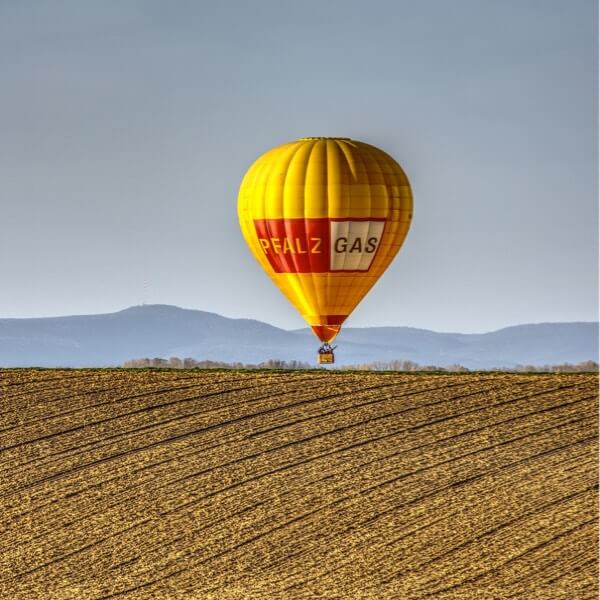

- #Best hdr photo software free how to#
- #Best hdr photo software free pro#
- #Best hdr photo software free series#
- #Best hdr photo software free free#
Try to keep an eye out for scenes and subjects that have a large, noticeable contrast between light and dark areas.Stillness is the name of the game here, so do your best to shoot a scene that isn’t going to change very drastically in a 5-10-second period. HDR just isn’t meant for things that move. Due to the nature of HDR and exposure bracketing, you probably won’t be able to capture a moving subject very easily.Here are a few tips for getting a good shot: Once you have all the necessary equipment gathered up, it’s time to go out and snap that jaw-dropping, eye-popping National Geographic-worthy photo. These programs are a good place to start, but keep in mind that once you’ve stitched the images together and have something to work with, there’s nothing stopping you from using other programs to achieve further effects.Ī screenshot of Aurora HDR 2018 being used to create a high dynamic range (HDR) image. It offers six different photo-blending algorithms for you to mess with, so no matter if you’re going for a more realistic or surrealistic look, you should be able to achieve it with Luminance. Luminance is one of the most capable and flexible HDR programs we know of, despite the fact that it doesn’t cost a dime.
#Best hdr photo software free free#
Obviously, these programs aren’t ideal if you’re just looking to dip your toes into the HDR pool and do a bit of experimenting, so for those of you looking for a good free option, we recommend Luminance HDR. Another very popular software is Aurora HDR ($89).
#Best hdr photo software free pro#
It is powerful, fast, and full-featured, but those features do come at a price: $99 for the Pro package and $39 for the Essentials pack. There are a number of different programs out there that’ll get the job done, but the general consensus amongst the HDR photography community is that Photomatix is one of the better options. If you’re in the market, check out our seven favorite tripods for DSLRs and smartphones. It’s true that certain HDR software programs are equipped with image alignment features, but they don’t always work perfectly, so generally speaking the best plan is to take measures necessary to ensure a stable shot. You can shoot by hand if you must, but you’ll likely have trouble aligning your images later on, so a tripod is definitely recommended for best results. (Not sure if your camera has an Auto Exposure Bracketing feature? Check out this chart from HDR Photography Resources to find out. If your pictures don’t line up, the final HDR image will probably come out looking weird.
#Best hdr photo software free series#
AEB isn’t 100-percent necessary, but without it you’ll have to adjust your camera settings manually between each shot, which increases the chances you’ll move the camera, and the amount of time it takes to shoot the series - increasing the likelihood that your subject will move or change positions. A camera, preferably with an Auto Exposure Bracketing (AEB) function.For best results, here’s what we recommend:

#Best hdr photo software free how to#
Stitched-together HDR image How to create an HDR imageīefore you set out on your mission to create a mind-bogglingly beautiful HDR image, you’ll need a few things. Here are a few examples from HDR guru Trey Ratcliff. Depending on how they’re processed, HDR photos can be anything from stunningly accurate reproductions of what your eyes see, to mind-blowing, surreal works of art that transform reality into a high-def dreamscape. You’ve probably seen these types of images scattered across the web. This is basically what HDR is: a specific style of photo with an unusually high dynamic range that couldn’t otherwise be achieved in a single photograph. It’s notoriously difficult to snap a photo that captures both ends of this spectrum, but with modern shooting techniques and advanced post-processing software, photographers have devised ways to make it happen.

Once your subject exceeds the camera’s dynamic range, the highlights tend to wash out to white, or the darks simply become big black blobs. HDR stands for “high dynamic range.” For those who aren’t so acquainted with this high-tech shutterbug lingo, dynamic range is basically just the difference between the lightest light and darkest dark you can capture in a photo.


 0 kommentar(er)
0 kommentar(er)
